26+ Closing Sentence Examples
When it comes to effective writing, a well-crafted closing sentence can make all the difference. Whether you’re delivering a speech, drafting an email, or composing an essay, the closing sentence acts as the final impression on your audience. It summarizes your main points, leaves a lasting impact, and ties everything together. In this article, we will explore the definition of a closing sentence, provide a step-by-step guide on how to write one, address frequently asked questions, and offer creative tips to ensure your closing sentences captivate your readers. So, let’s dive in and discover the art of crafting compelling closing sentences!
1. Topic and Concluding Sentences Reference Sheet
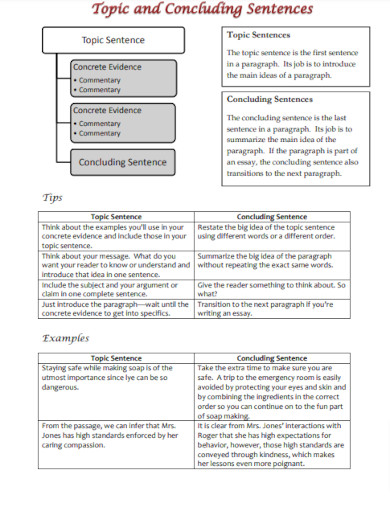
fusd1.org
2. Topic and Concluding Sentences Example

tru.ca
3. Simple Closing Sentence Example
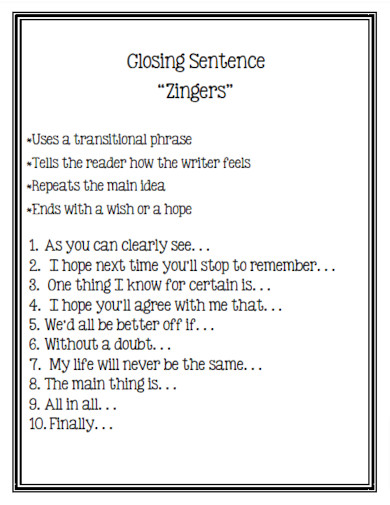
gl.bonita.k12.ca.us
4. Supporting and Concluding Sentences

ngl.cengage.com
5. Effective Closing Sentence Example
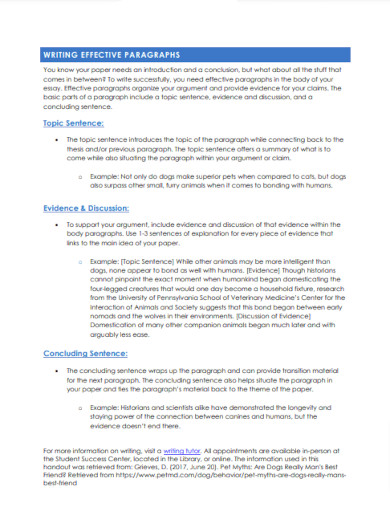
uah.edu
6. Sample Closing Topic Sentences Example
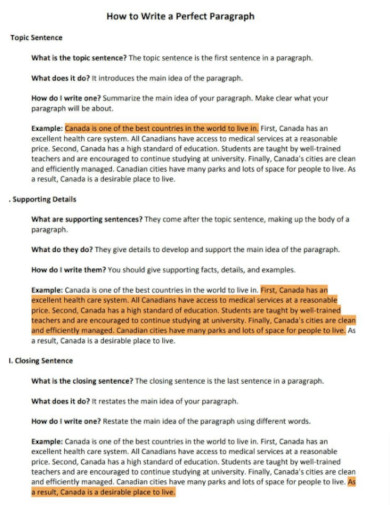
arsdcollege.ac.in
7. Sample Concluding Paragraph for Response to Literature Essay
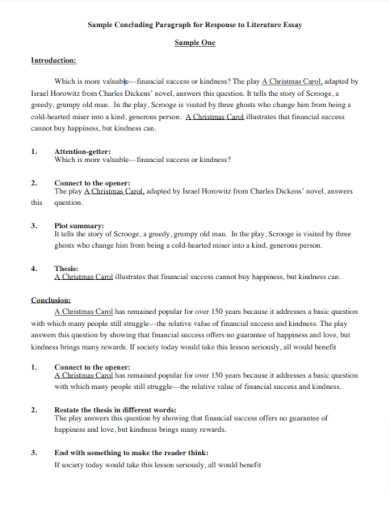
stanley15.weebly.com
8. Opening and Closing Paragraphs Example

clarion.edu
9. Paragraph Essay Diagram with Organizer
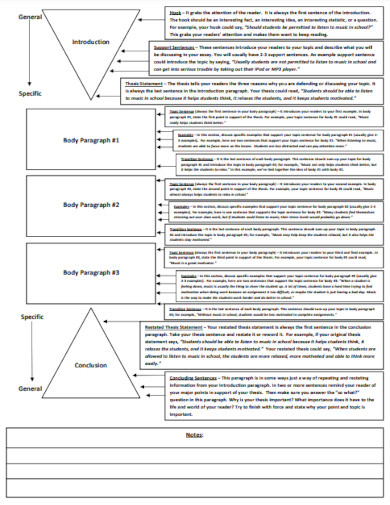
burgettstown.k12.pa.us
10. Sentence Conclusion Example
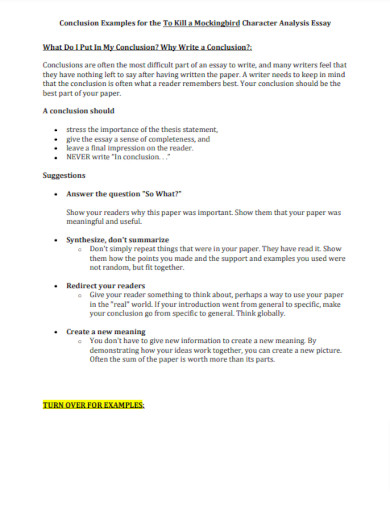
lcps.org
11. Printable Writing a Conclusion Example
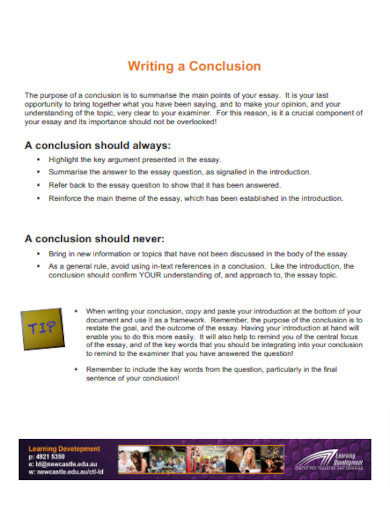
newcastle.edu.au
12. Transition Sentences Handout Example
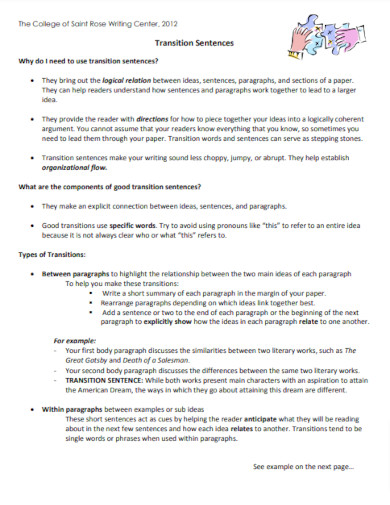
strose.edu
13. How to Write a Perfect Paragraph Example
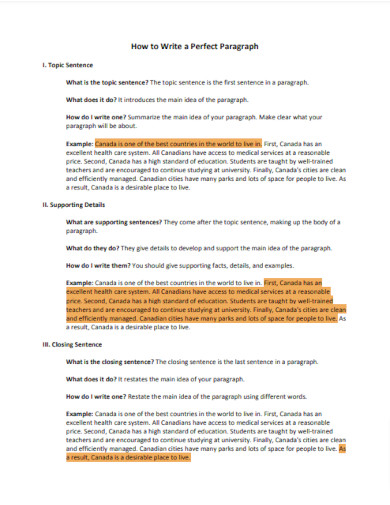
csun.edu
14. Writing Conclusion Paragraphs in a Science Lab Report
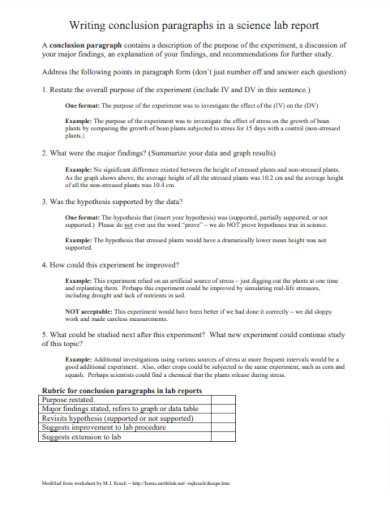
hcs-k12.org
15. Editable Closing Paragraph Structure
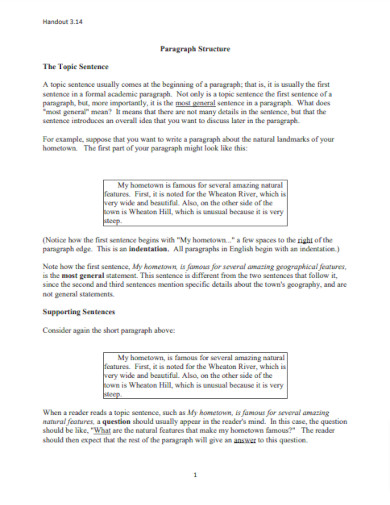
ndu.edu.lb
16. Conclusion Section for Research Papers
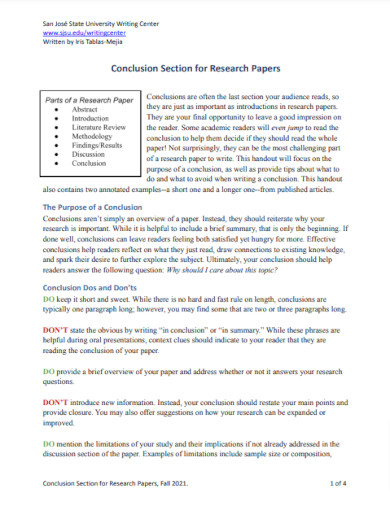
sjsu.edu
17. Basic Paragraph Writing Example
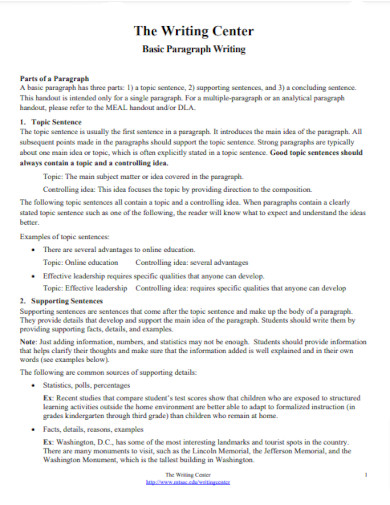
mtsac.edu
18. Strategies for Writing a Conclusion
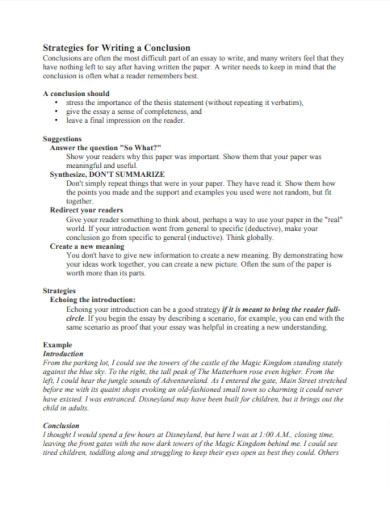
pittsfordschools.org
19. Example Five-Paragraph Conclusion Essay Example
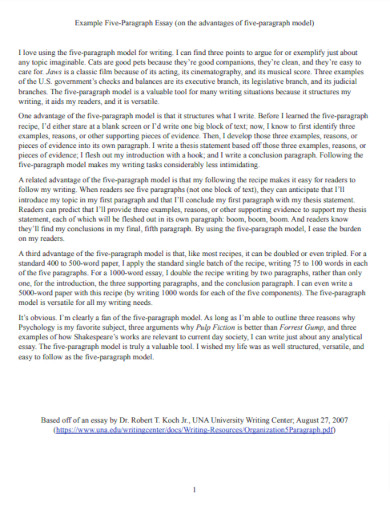
online225.psych.wisc.edu
20. Expository Essay Concluding Paragraph
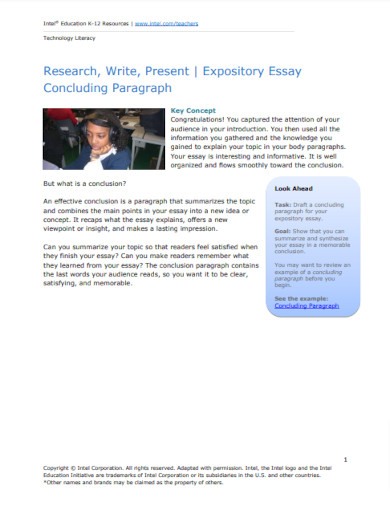
intel.com.br
21. Writing the Introduction and Conclusion Paragraphs
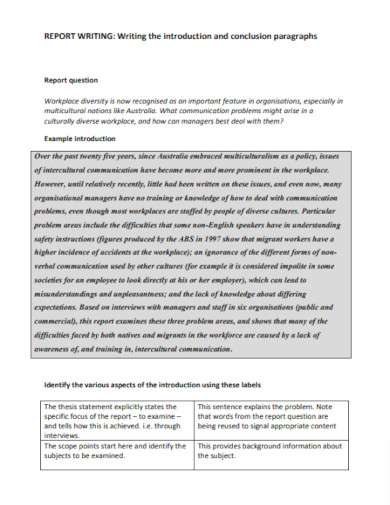
uts.edu.au
22. Standard Conclusion Sentence Example
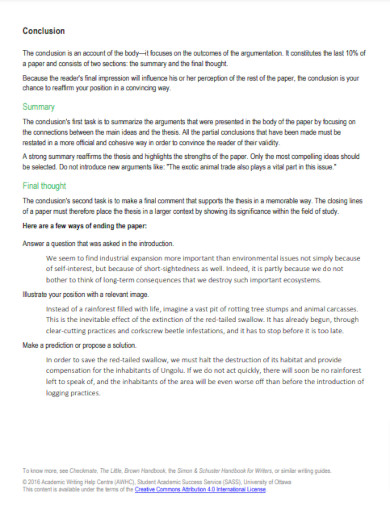
sass.uottawa.ca
23. Ways to Conclude an Essay Example
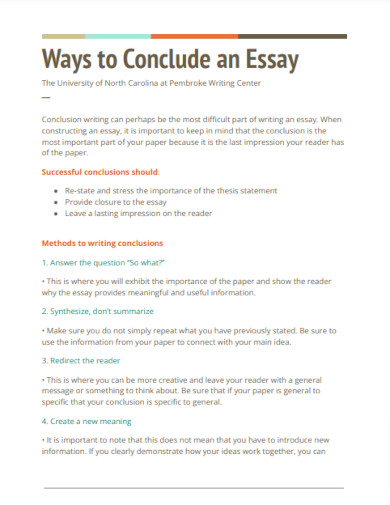
uncp.edu
24. Writing an Effective Conclusion Example
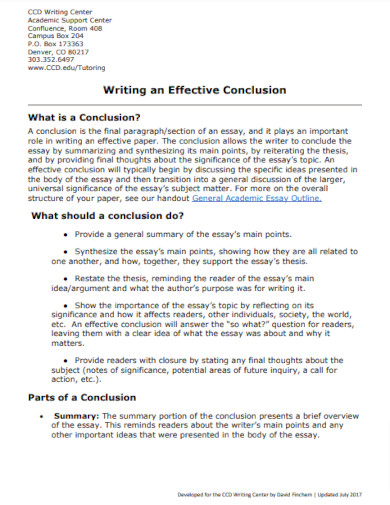
ccd.edu
25. Writing Conclusion the Lasting Impression
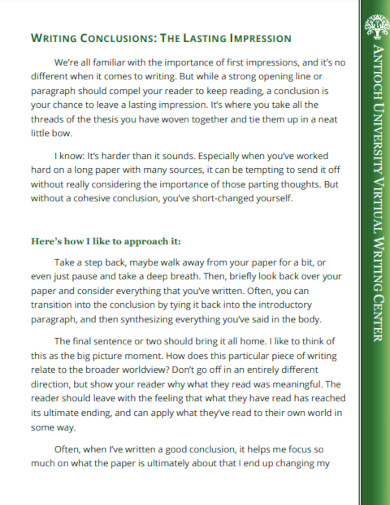
antioch.edu
26. Modern Concluding Sentences Example
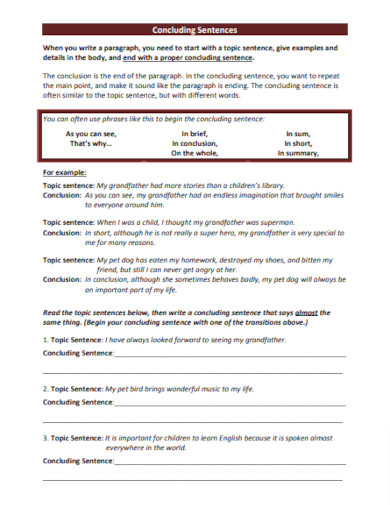
stickyball.net
27. Examples of Concluding Sentence Starters

faculty.ksu.edu.sa
What is a Closing Sentence?
A closing sentence, as its name suggests, serves as the concluding statement in a piece of writing. It is the final sentence or two that brings the text to a meaningful end. This sentence plays a crucial role in summarizing the main ideas or arguments discussed throughout the piece and leaving a lasting impact on the reader. The closing sentence wraps up the content, provides closure, and reinforces the key message of the writing. It is an essential element of text structure, offering a clear signal to the audience that the piece is concluding.
How to write a Closing Sentence?
Crafting an effective closing sentence requires careful consideration and thoughtfulness. Follow this step-by-step guide to ensure your closing sentence leaves a lasting impression:
Step 1: Revisit your main points:
Begin by reviewing the key ideas or arguments presented in your writing. This step will help you summarize the core message you want to convey.
Step 2: Choose the right tone:
Consider the overall tone of your writing. Decide whether you want your closing sentence to be reflective, motivational, thought-provoking, or encouraging. Align the tone with the purpose and context of your writing.
Step 3: Reinforce your message:
Craft a sentence that reinforces your main message. You can restate your thesis or key points in a concise and impactful manner.
Step 4: Create a sense of completion:
Give your readers a sense of closure by wrapping up the ideas discussed. Use phrases like “In conclusion,” “To sum up,” or “In summary” to signal the end of your piece.
Step 5: Leave a lasting impression:
Consider using a memorable phrase, a call to action, or a thought-provoking question to leave a strong impact on your readers.
FAQs
Where can I find examples of closing sentences for school election speeches?
You can find examples of closing sentences for school election speeches in the article “7+ School Election Speech Examples.”
Is there any informative essay outline examples available in PDF format?
Yes, you can check out the article “6+ Informative Essay Outline Examples in PDF” to find various informative essay outline examples.
Where can I find examples of email announcements?
To access examples of email announcements, you can read about “10+ Email Announcement Examples.”
In conclusion, mastering the art of crafting closing sentences is an invaluable skill for any writer or speaker. It allows you to leave a lasting impression, summarize your main points, and create a sense of closure. By using the step-by-step guide provided and considering the tone, message, and impact you wish to create, you can write closing sentences that engage, inspire, and captivate your audience. So, whether you’re preparing a school election speech, an informative essay, or a professional email, remember the power of a well-crafted closing sentence and let your words leave a lasting mark.


